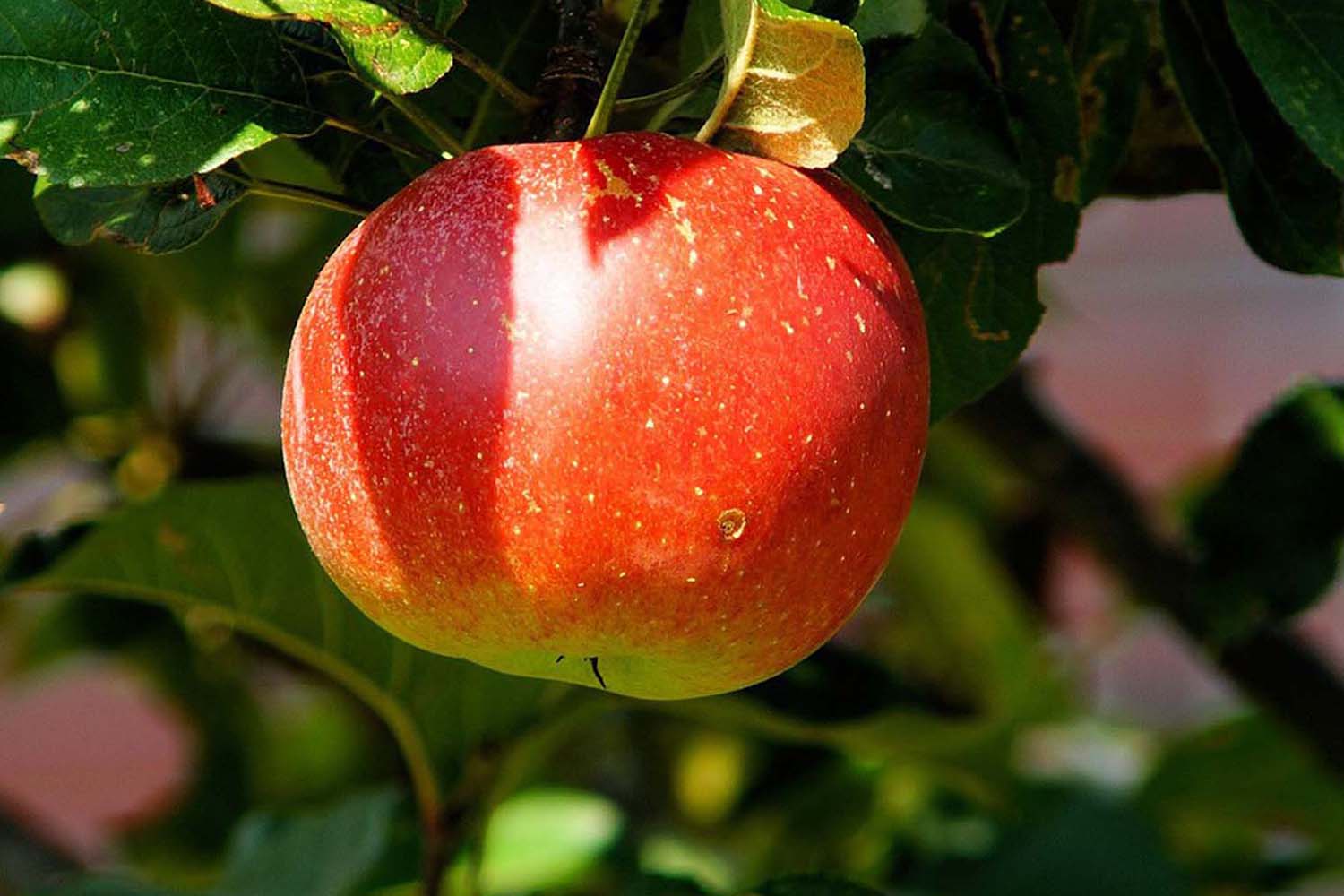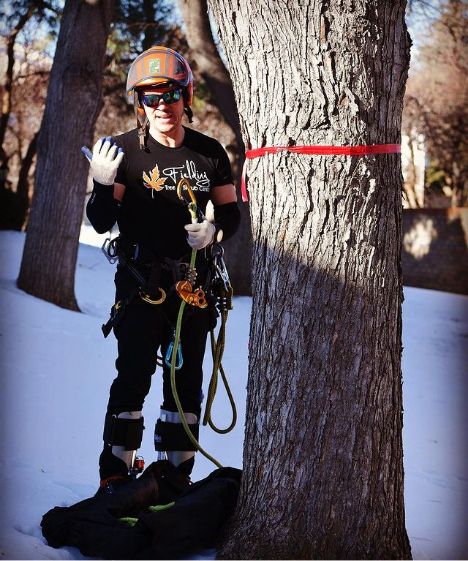Are you trying to figure out what’s going on with your fruit tree? Fruit tree care can be tricky. If you have a fruit tree that didn’t bloom this year, there’s a chance it may be a victim of frost or tree disease. It could also come down to the tree’s overall maintenance, especially pruning when it comes to fruit trees—something Denver arborist services can help you assess and improve.
Fungal Diseases in Fruit Trees
A sub-freezing cold snap like a blizzard can weaken and shock a tree’s vascular system. This allows tree diseases to infiltrate trees and cause dieback, a slow progressive death of tree branches and leaves. Some trees die within a year or two, but some trees also survive and return to full strength.
After the shock from the snowfall, cankers and galls can infect fruit trees. Diseases such as Cytospora, Leucostoma, and Valsa Fungal Pathogens create cankers on fruit which are fungal infections by nature and show tell-tale signs when the bark and branches begin to ooze a sticky residue.
Bacteria in Fruit Trees
Another leading cause of dead fruit trees is bacterial infections. Some cankers from bacteria pathogens affect stone fruits, like plums and peaches. Once a disease infects a tree, it can be very hard to remove while still preserving the tree. Consulting a certified arborist to develop a plan should be your first step. You may be able to limit the disease by trimming infected branches back to healthy growth areas, or implementing a chemical treatment plan.
Proper Fruit Tree Care
Don’t trim your fruit trees by yourself! One of the more common mistakes we see homeowners make is trimming their fruit trees while the fruit and leaves are still present, or making improper cuts that lead to poor wound closure. This creates extra openings in the tree’s vascular system that allows deadly diseases to enter. Too many beautiful fruit trees become the victims of blight and other diseases from poorly timed trimmings.
Pruning fruit trees in the summer removes important leaves that help collect vitamin-rich sunlight for growth. It also slows the fruit ripening process and exposes the fruit to potential sun damage. Performing this task before it goes dormant for the winter also tells the tree, “Start growing!” right before winter hits. That’s like stomping on the gas before you get to a red light: it’s dangerous!
Many fruit trees need to be fully dormant before you start performing fruit tree care. If any fruit or leaves are still hanging around, it’s likely too early to trim. It’s best to wait until we’ve had a few days of sub-freezing weather. Subsequently, this forces your trees into hibernation and protects them from an unwanted growth spurt before winter.
The best time to evaluate your tree is from late summer into early fall. This gives your arborist a chance to evaluate the health of your tree before it goes dormant, and then set up a plan for winter pruning. Most pruning of fruit trees should be completed in November through early March. Check out this guide on how to keep your apple trees healthy and happy year-round.
Pear trees are much like apple trees in their arborist care. The growing seasons are close to each other and provide a nice complement of pollination for local bees to encourage fruit growth.
Stone Fruit Trees: Pruning Cherry, Peach, Plum, and Apricot Trees
Stone fruit trees, which refers to the pit or stone inside the fruit, are cherry trees, peach trees, plum trees, and apricot trees. The same approach to pruning apple trees applies to pruning stone fruit trees. There are not that many peach trees in the Denver area because of the late frosts we often experience in the spring. However, a good mix of fruit trees on your property with healthy blossoms will help cross-pollinate your flowers for better growth. Therefore, trimming your fruit trees after they’ve gone dormant for the winter is crucial. You may be trimming only one tree, but it could affect numerous other trees in your yard or neighborhood if you prune at the wrong time.
There are plenty of cherry trees that need pruning along the Cherry Creek area (now you know why it’s called Cherry Creek!) and all throughout Old Town Littleton. Trimming fruit trees in south Denver, especially stone fruit trees, is one of our more popular winter services.
In summary, fruit tree trimming is an art and can benefit from being done by a certified arborist. Contact our team at Fielding Tree Care to schedule a free consultation.






